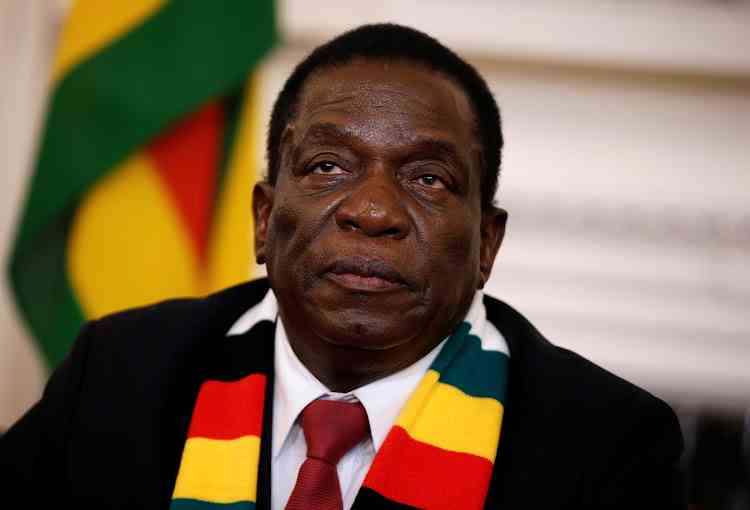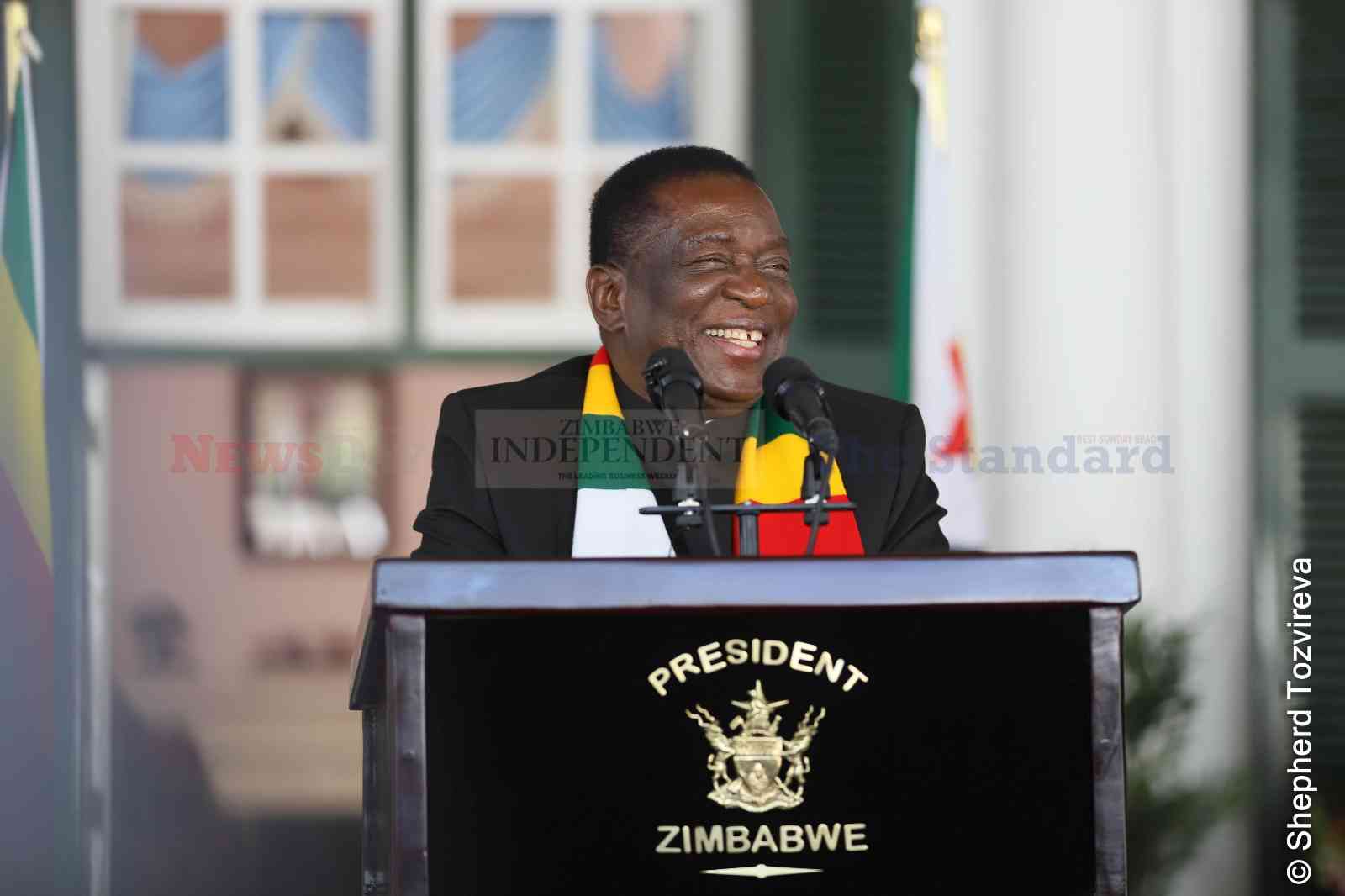
Rural communities look quite simple but they have not been easy for development practitioners to penetrate and realise successes. Many projects have failed to materialise and the missing link has never been found. Engaging communication experts has never been taken into account by the development practitioners, until recently when their role in community-based adaptation has been considered.
The role of communication experts in development work is placing audiences first and foremost as important stakeholders who have their own choices, with the possibility of tuning in or tuning out, when acting on development messages. Development practitioners have realised that community-based adaptation approaches should not just be communicative and interactive in nature, but very rigorous and participatory like those used by the commercial sector to change human behaviour.
Climate change adaptation and networking require the same versatile approaches which are not an event but ongoing and engaging. These approaches also need to be dynamic and appeal to the audiences’ tastes and preferences rather than the same routines which end up tuning off the audiences. In this regard, human interests should continue to be nurtured over time and transformed through the use of multimedia communication approaches.
Community-based adaptation messages that can change unsustainable human behaviours and activities should be fun, easy and popular with the people. For this reason, focusing on sensitisation and awareness alone may not be enough to impact human attitudes and unsustainable actions. In this regard, the role of communication community-based adaptation should be rebranded and given a special emphasis for achieving the solutions to community problems.
Communities, as important stakeholders and audiences, should benefit from adaptation messages by being able to connect the dots, meaning that they should be able to link what is being said to what they already know and to their current problems as well. In this regard, community-based messages should never be divorced from human experiences, standpoints and worldviews. For community-based adaptation to succeed, there must be human preparedness to respond to climate change adaptation issues. In this regard, communities as important audiences, should be connected in the ways needed. If they are not connected, then they cannot link what is happening in their communities to their current problems. The other instrumental thing about communication is that it does not function well in a broken system although it is used to mend bridges.
Networked communities are glued together by sustainable communication approaches in order to achieve social capital designed to speed up and sustain local participation. Local communities should not be deprived of the information that they should benefit from hence information on community-based adaptation should not benefit only a few but all stakeholders. In this regard, the processes become holistic, credible and trustworthy in the eyes of beneficiaries. When communicating difficult messages, it is significant to make use of trusted and reliable outlets including influencers or opinion leaders whose views are representative enough. In this regard, the locals will become drivers of the change that they want as opposed to being passive recipients of information.
Multimedia-based approaches are required to sufficiently engage and network the communities. Some community-based adaptation issues require story-telling, while others require photographing, video-story telling, flip charts, flannel boards, visuals, laptops, role-playing, dramatisations, music, dancing or even drawing in the sand as well as many other forms of multimedia approaches.
The use of traditional multimedia communication channels such as radio, television and newspapers still remain viable including new media technologies such as Facebook, WhatsApp, Twitter, Messenger, YouTube and many others. These are useful tools used to break inherent communication barriers and reach a wide audience spectrum. These are also empowering forms of media which can be used to stimulate discussions and dialogues among a cross-section of societies.
- Chamisa under fire over US$120K donation
- Mavhunga puts DeMbare into Chibuku quarterfinals
- Pension funds bet on Cabora Bassa oilfields
- Councils defy govt fire tender directive
Keep Reading
The use of community maps is instrumental in bringing community members together, providing knowledge of their community landscapes and empowering voices as well as active participation of members of the community.
The impact of vernacular publications in community-based adaptation still remains critical in communicating issues according to the people’s worldview. Broadcasting in local languages and having farming programmes communicated in vernacular becomes highly empowering. This is beneficial in situations where communities have input in programme content so that it can resonate well with their experiences, needs and concerns. In other words, community radios and radio stations are a necessity.
Above all, people-centred community-based communication approaches are not only transformative, but they are also designed to regulate and close communication gaps arising from technical discourses and ambiguities. As people harness these multimedia communication strategies and networks, they enhance their potential of producing goods and services necessary for realising resilience and economic development.
Peter Makwanya is a climate change communicator. He writes in his personal capacity and can be contacted on: [email protected]











